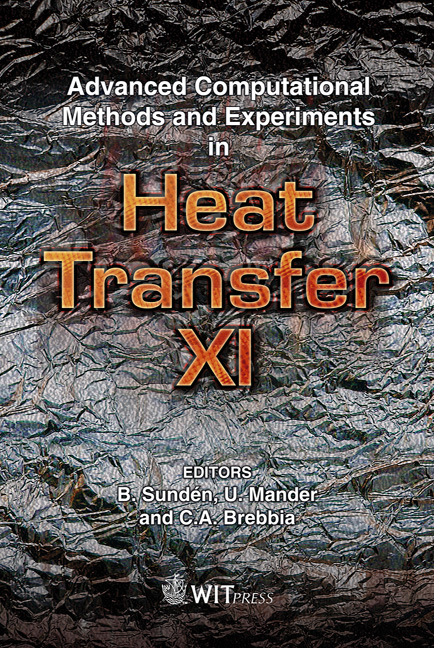A Theoretical Study On The Heat Transfer Process In Diesel Engines
Price
Free (open access)
Transaction
Volume
68
Pages
12
Page Range
177 - 188
Published
2010
Size
924 kb
Paper DOI
10.2495/HT100161
Copyright
WIT Press
Author(s)
H. Fridriksson, B. Sund´en & S. Hajireza
Abstract
The current and future emissions regulations and demands on internal combustion engines have increased the need for improvement of the thermal design and engine efficiency. This paper reports an initial investigation concerning in-cylinder heat transfer. In addition, a literature review in this field is presented. It was found that no extensive application studies have been performed on full cylinder heat transfer by taking the effect of combustion and gas exchange into the account. The available literature is mainly focused on individual component studies and sub-model improvements. Furthermore, a simple parameter study is performed in order to estimate the contribution of each parameter on the in-cylinder engine heat transfer. This is done by setting up an engine segment, using the commercial CFD tool AVL FIRE and the automatic mesh generator AVL Ese Diesel. Engine segment simulations are made for the period between IVC (intake valve closing) and EVO (exhaust valve opening). The parameter study revealed that most of the parameters selected do in-fact significantly affect the in-cylinder heat transfer. However, the effects on the indicated mean effective pressure, or indicated power output, are different. Keywords: engine heat transfer, CFD, AVL FIRE, Parameter study. 1 Introduction With todays strict requirements on internal combustion (IC) engine performance, with regards to emissions, it becomes more important to obtain optimized engine design, using computational fluid dynamics (CFDs) tools. The latest developments in IC engine design are leading towards smaller, more compact and efficient engines, which prove to be quite demanding on the combustion control and engine
Keywords
engine heat transfer, CFD, AVL FIRE, Parameter study





